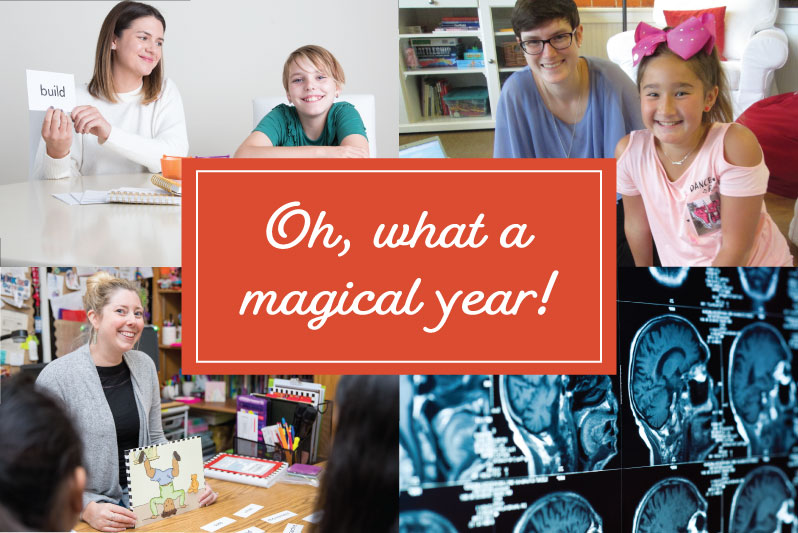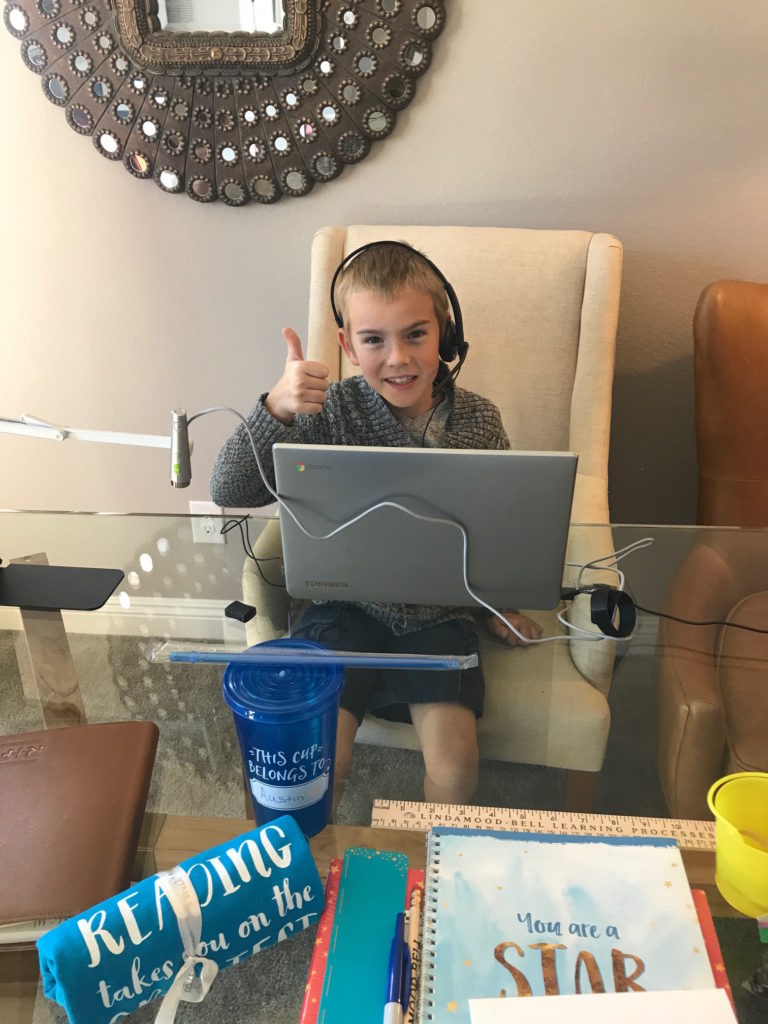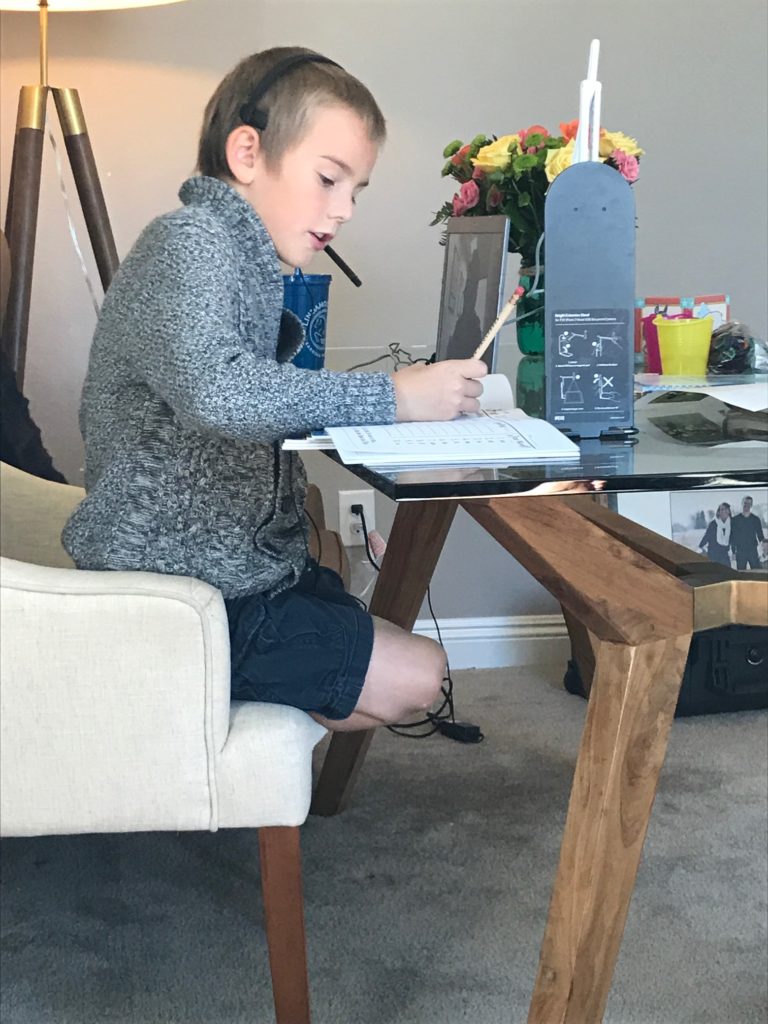
Those who are new to Lindamood-Bell may be more familiar with traditional tutoring and accommodations which are conducted over the course of semesters or years. Therefore, our daily instruction, that changes reading or comprehension in a short period of time, may be unfamiliar. An “intensive care” learning environment can be ideal for students who are not performing to their potential. Lindamood-Bell pioneered the concept of intensive instruction—four hours a day, five days a week with our research-validated instruction.
Why is daily beneficial?
Nanci Bell, co-founder, explains daily intensive instruction in the following excerpt from Visualizing and Verbalizing for Language Comprehension and Thinking:
“The rate of learning gain can be improved with intensive intervention. Students with severe weakness in concept imagery may be years behind in language comprehension. For example, Johnny, a student in the fifth grade with reading comprehension at the second-grade level, has a three-year gap between his grade level and his reading comprehension. Even with adequate oral vocabulary and decoding skills, Johnny didn’t gain a year in reading comprehension for each year in school…intervention has to decrease the learning gap by increasing the rate of learning. To increase the rate of learning, you need to provide the right diagnosis and the right instruction, in the right environment. The last is often intensive intervention, four hours a day, five days a week, which results in years of gain in weeks of instruction.”
Why do some students struggle?
Reading is an integration of processing skills: word attack, sight word recognition, contextual fluency, oral vocabulary, and comprehension. Students with poor comprehension, critical thinking, writing and memory may have weak concept imagery—the ability to create an imagined gestalt (whole) from language. Students who are poor decoders and spellers, or slow readers, may have weak symbol imagery—the ability to visualise letters in words. These difficulties are not only frustrating for a student, but prevent them from accessing school curriculum.
School at any grade can include the kind of good challenges that foster learning: discovering a solution in science lab, writing a poem, or even studying for a big test, can all be positive learning experiences. However, if a student has a weakness that affects learning to begin with, they may not be getting everything they should from school. Their challenges with reading or comprehension may be hindering their ability to fully participate in schoolwork. And, rather than catch up eventually, a struggling student will typically fall farther and farther behind as the year goes on.
Will intensive instruction be “too much” for my child?
Parents may worry that their child will not be able to maintain focus for so many hours. We get it! Even the most disciplined student would have difficulty attending to a teacher for twenty hours per week of typical reading help.
Our continued success with students, including those with a previous diagnosis of a learning difficulty and/or attention issue, is due to our unique approach. We accurately assess individual needs and provide research-validated instruction in a safe, positive, focused environment. Lindamood-Bell sessions feature a high level of interaction, movement, games, and motivational rewards. Students work with a different instructor every hour to keep attention rate and intensity high and the sessions interesting. Our instructors are energetic and passionate about maximizing learning throughout every session. As a result, our students see success quickly and realize they can learn given the right tools!
An alumni family describes Intensive Instruction:
Imagine Your Child’s Learning Potential
If school is hard for your child, you need to know why and that there is help. Identifying strengths and weaknesses is the first step toward helping your child learn to their potential. A learning evaluation will uncover the strengths and weaknesses that are affecting school. In a thorough results consultation, we will discuss an individualised learning plan to make school easier.
Some students come to us with a previous diagnosis such as dyslexia, autism spectrum disorder, or a general learning challenge—and we make a difference for each of them.
Some students seek our help to enhance their skills or to just make learning easier—and we do.
Summer is a great time to schedule intensive instruction, and get ahead for the next school year. Get started today by contacting our learning centre to discuss your child’s needs: Double Bay (02) 9328 7119 | Chatswood (02) 9410 1006 | Melbourne (03) 9815 2949.























